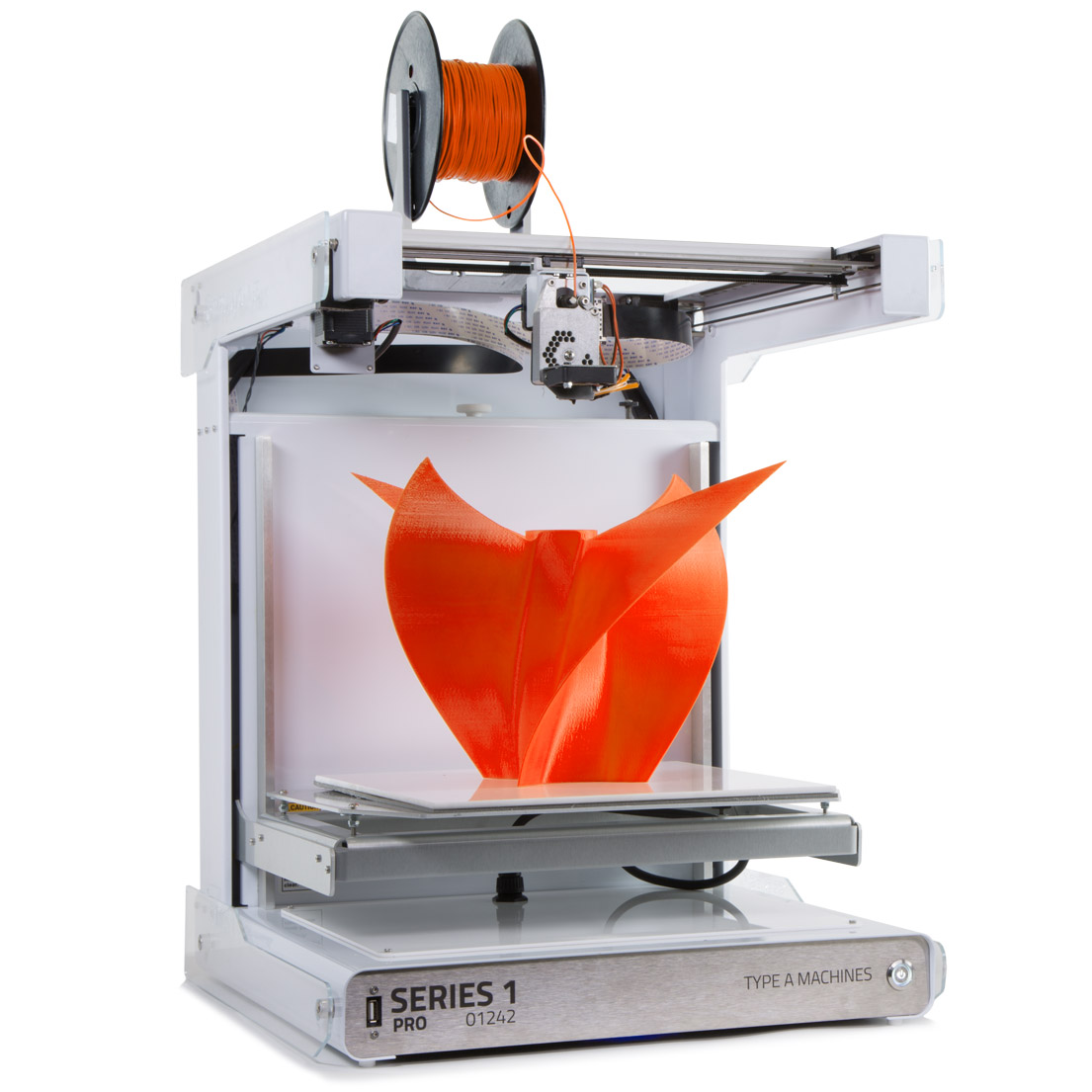3D Printing
3D printing is a way to make a real object from a three-dimensional digital model. Usually, this is done by putting down many thin layers of a material one after the other. It takes a CAD model of an object and turns it into a real thing by adding layers of materials.

There are a number of ways to print something in 3D. 3D printing is a big step forward because it lets you manipulate objects in their digital form and make new shapes by adding more material.
Digital + Additive Manufacturing = 3D printing
Technology has probably changed human history more than any other field in the last few hundred years. Think about the light bulb, the steam engine, or, more recently, cars, airplanes, and the growth of the Internet. In many ways, these technologies have made our lives better and opened up new paths and opportunities. However, it usually takes time, sometimes even decades, for the truly disruptive nature of technology to become clear. Many people think that 3D printing or Additive Manufacturing (AM) could become one of these technologies.
There are some problems with traditional manufacturing, which has been based on human labor and the idea that things are better when made by hand. This goes back to the roots of the French word for manufacturing, which means "to make." But the world of manufacturing has changed, and automated processes like machining, casting, forming, and molding is (relatively) new, complex tasks that require machines, computers, and robots.
But all of these technologies require taking material away from a larger block, either to make the final product or to make a tool for casting or molding. This is a significant limitation of the manufacturing process as a whole. In recent years, 3D printing has gone beyond being an industrial prototyping and manufacturing process as the technology has become more accessible to small companies and even individuals.
Some key points about 3D printing or AM.
-
3D printing, also called additive manufacturing (AM), is a way to make three-dimensional objects from a digital file.
-
Additive processes are used to make things that are 3D printed. In an additive process, an object is made by adding layers of material on top of each other until the object is finished. You can think of each of these layers as a thin slice through the object.
-
Subtractive manufacturing is the opposite of 3D printing. With subtractive manufacturing, a machine like a milling machine is used to cut away parts of a piece of metal or plastic.
-
With 3D printing, you can make complicated shapes with less material than with traditional methods.